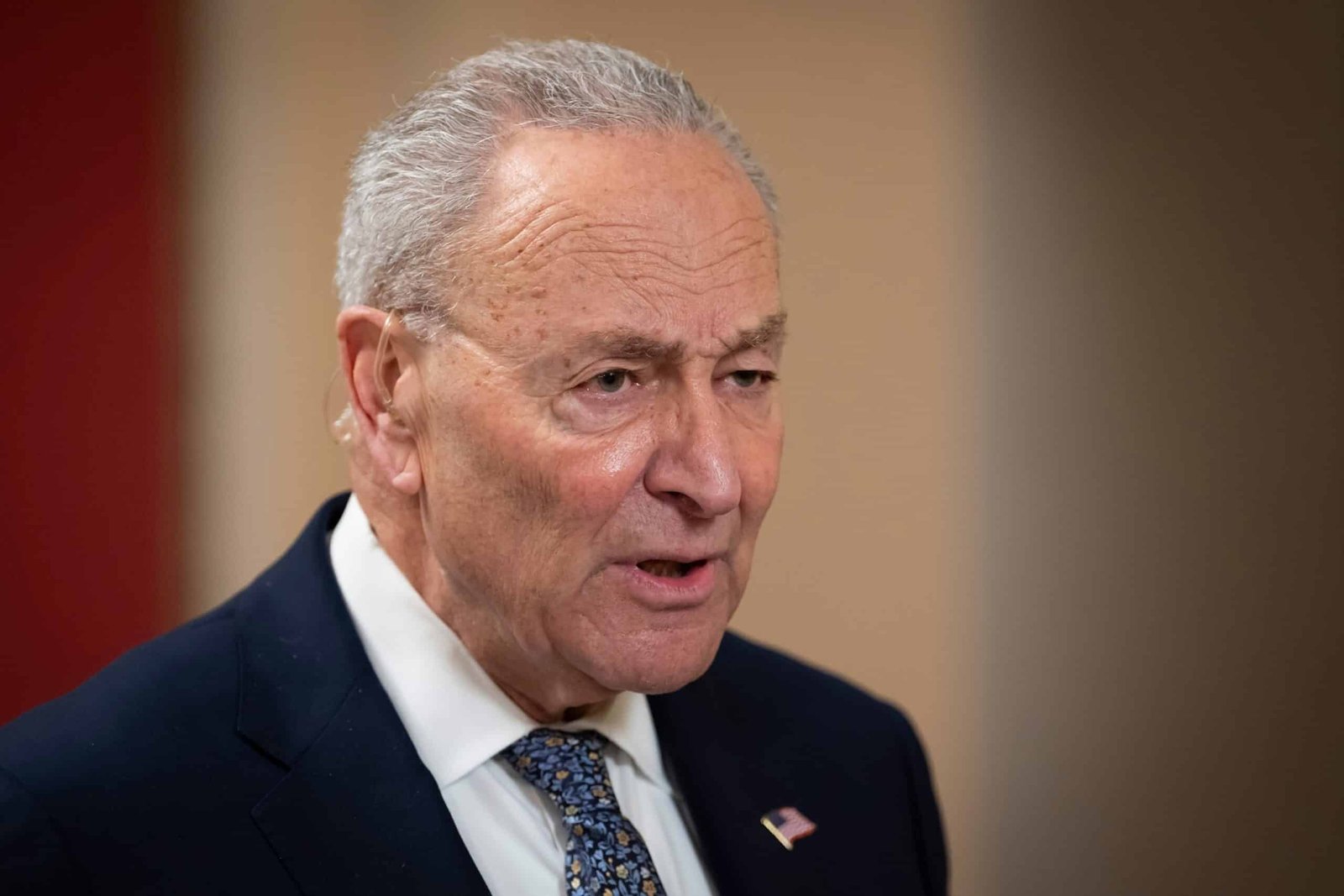Fed holds a stable interest rate, opposing Trump

The Federal Reserve holds the benchmark interest rate stable on Wednesday, continuing the waiting-and-seeing approach adopted by the central bank in recent months because of observing the potential effects of President Donald Trump’s tariff policy.
Four meetings and six months have passed since the Fed was last adjusted to interest rates. The federal fund rate was established between 4.25% and 4.5%, maintaining a lot of sharp increases imposed in response to the Pandemic Era Inflation Fight.
The Fed issued an estimate on Wednesday which showed some concerns about turning back inflation. The personal consumption expenditure index, the size of the inflation preferred by Fed, will increase from 2.1% to 3% from the remaining 2025, the central bank is predicted. This forecast marks higher inflation expectations than those issued by the central bank in March.
The Fed also estimates that two quarter -point interest rates for the remaining 2025, bring predictions issued in March. Two cuts of a quarter of an additional point will be carried out in 2026, as well as one quarter point cutting in 2027, said the central bank.
The Fed’s latest tariff decision challenged the statement made a few hours earlier by Trump, who called the Chairman of Federal Reserve Jerome Powell as “fool” and urged the central bank to reduce interest rates.
“We have a man who only refuses to reduce the fed tariff,” Trump told reporters. “Maybe I have to go to Fed. Am I allowed to point myself? I will do a much better job than these people.”
The posture of restraints in Fed in recent months has caused sharp and recurrent criticism of Trump. The President is legally prohibited from appointing the Head of Fed, an independent federal agent.
Since Trump served, inflation has been relieved and the growth of work has slowed.
Fresh inflation data last week showed a slight acceleration of price increases, but inflation remained close to the lowest level since 2021. Recruitment slowed but remained strong in May because of the uncertainty about some people, the tariff that no longer occurred seems to reduce recruitment less than some of the feared economy, a government report shows this month.
The Fed is guided by a double mandate to maintain inflation under control and maximize work. In theory, decline in interest rates can help stimulate economic activity and improve work, especially while inflation remains low.
Powell, in recent months, has warned about the possibility that tariffs can cause what economists are called “stagflation,” which is when inflation rises and the economy is slowing down.
Stagflation can place the central bank in a difficult position. If the Fed raises interest rates as a means to protect against inflation that is induced by tariffs under such scenarios, it is at risk of holding loans and slowing down the economy further.
On the other hand, if Fed decreases the level to stimulate the economy in dealing with potential slowdown, it threatens to increase expenditure and worsen inflation.
In recent weeks, Trump has turned back some of the most steep tariffs, reducing the costs charged on importers. Such companies usually deliver part of a higher tax burden in the form of price increases.

Chairman of Federal Reserve Jerome Powell gave a statement during the 75 International Finance Commemoration Conference Division, 2 June 2025, in Washington, DC
Chip Somodevilla/Getty Images
The trade agreement between the US and China cut the Tit-For-Tat tariff between the two largest economies in the world and triggered a surge in stock markets. Within a few days, the Wall Street company soften the estimated decline.
The AS-China agreement came a few weeks after the White House stopped a large number of Trump’s “Liberation Day” rates targeting dozens of countries. Trump also eases the special sector tariff targeting cars and returning tasks for some goods from Mexico and Canada.
However, a 10% cross-papan tariff applies to almost all imports, except for semiconductors, medicines, and several other items. However, the tariff was established in the Limbo Law, after a pair of federal court decisions at the end of last month.
Fixed rates apply to steel, aluminum and cars, as well as some goods from Canada and Mexico.
Warning sign shows the possibility of price increases over the next few months.
National retailers such as Walmart and Best Buy have voiced alarm about the potential price increase as a result of levies.
Organizations for cooperation and economic development, or OECD, said this month hoped that US inflation would reach 4% by the end of 2025, which would mark a sharp increase in the current level.
Powell has chosen to leave interest rates that have not changed when Fed assesses the economic impact of tariffs.
“We don’t think we have to be in a hurry,” Powell said at a press conference in Washington, DC, last month. “We think we can be patient.”






